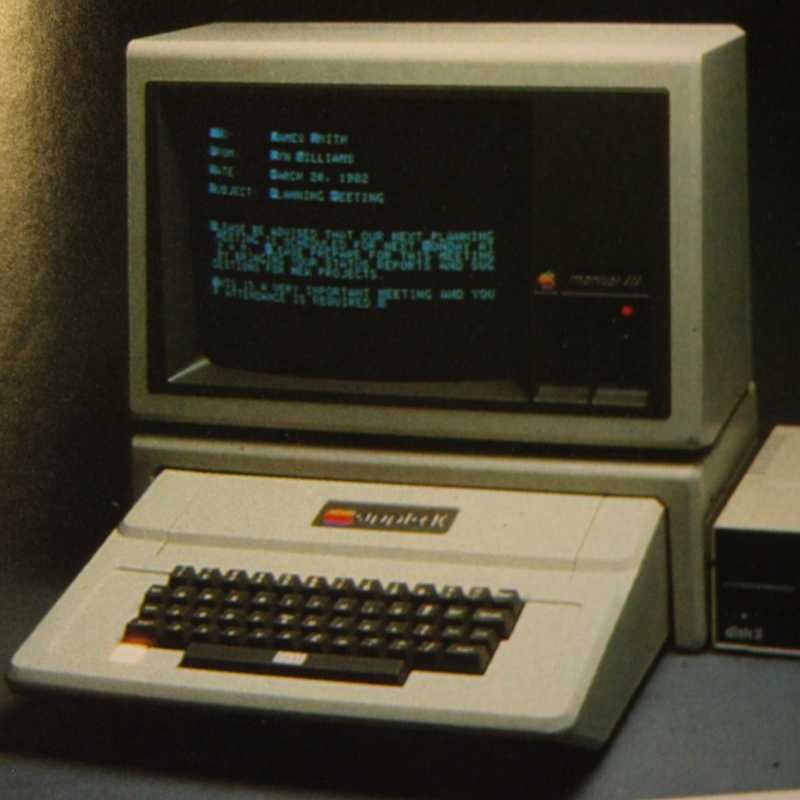
Claude Code: The Hidden Testing Ground for AI Agents
A theory on why Anthropic's CLI tool might be more than just a coding assistant
I've been using Claude Code daily since it launched for general use. After months of working with it, I've developed a theory about what's actually happening here.
I don't think Claude Code is primarily a coding assistant. I think it's Anthropic's way of testing generalized AI agents using their most engaged technical users.
The CLI Release Strategy
Anthropic could've launched this as a GUI app. Instead, they went with a command-line tool. That decision filters the user base in specific ways.
CLI tools naturally attract users who are comfortable with terminals and technical workflows. These aren't weekend project builders or tutorial followers—they're people working on substantial problems that require real solutions. There's a self-selection happening where only users who can clearly articulate complex requirements and iterate through multi-step processes will stick with a command-line interface.
This filtering effect is valuable for data collection. Instead of getting casual usage patterns or simple question-and-answer interactions, every session represents someone pushing boundaries and dealing with real complexity. From Anthropic's perspective, that's exactly the kind of high-signal data you'd want when developing more capable AI systems.
What I Actually Use It For
I started using Claude Code for coding. But over time, my usage expanded:
- Feature analysis and product strategy
- User experience evaluation
- Research through MCP integrations
- Multi-phase project planning
- Complex problem breakdown and execution
This expansion happened naturally. Claude Code was effective for these tasks, so I kept using it for them.
Consistency Differences
Claude Code maintains context better than the web or mobile Claude interfaces. Despite using similar underlying models, the experience is more consistent across long sessions. This difference is significant enough that I've stopped using the other interfaces for complex work.
The improvement comes from several factors working together. Claude Code has persistent filesystem access, which means it can read my actual project structure and reference previous work rather than relying on what I paste into a chat. When I ask it to document its reasoning in files—which I do regularly—it can reference that documentation later in the session. This creates a form of working memory that chat interfaces simply can't replicate.
The MCP integrations add another layer of capability. Claude Code can reach out and gather information contextually, then synthesize that with my project state and requirements. This creates a research and analysis loop that's much more powerful than what's possible in constrained chat interfaces. The result is something that works more like a collaborator than a question-answering tool.
The XML Workflow Pattern
Through experimentation, I developed this workflow:
- Create structured XML prompts in files for complex tasks
- Include phase-based instructions
- Iterate conversationally once the foundation is established
- Use files for sharing complex data
This pattern emerged because Claude Code made it practical. When I structure interactions this way, performance stays strong across extended sessions.
Why This Suggests Agent Testing
If you're developing generalized agents, you need data on how humans naturally collaborate with AI when given appropriate tools. You need to understand what workflows emerge, what kinds of context management matter, and how tool access changes what's possible.
Claude Code generates exactly this data. Users like me develop sophisticated workflows organically, adapting our collaboration patterns to leverage the tool's capabilities. Every structured prompt I create, every workflow adaptation I make, every way I integrate external tools shows Anthropic something about effective human-AI collaboration.
Consider what they're learning: How do power users structure complex tasks when they can persist context across sessions? What happens when AI can create and reference its own supporting materials? How does tool access change the kinds of problems people tackle? These insights are far more valuable than artificial benchmarks or controlled experiments.
Practical Implications
The consistency I experience with Claude Code might show what AI collaboration looks like when you remove typical constraints. Instead of stateless conversations, you get persistent context and tool access.
This isn't just about coding. The research, strategy, and planning work I do with Claude Code demonstrates capabilities that would apply to most knowledge work.
Data Collection Value
Rather than artificial benchmarks, Anthropic observes how engaged users naturally push boundaries in real work contexts. The usage patterns that emerge are essentially blueprints for effective agent interaction.
Every structured prompt, every workflow adaptation, every tool integration shows how users want to collaborate with AI when it works well.
Looking Forward
If this theory is correct, Claude Code represents an early implementation of persistent AI collaboration. The patterns emerging from its use suggest that effective AI agents will be less like chatbots and more like thinking partners that maintain context and leverage tools effectively.
For users, this means developing more sophisticated collaboration patterns. For Anthropic, it means understanding what works when you give AI the tools it needs to function more like a human colleague.
The Bottom Line
I use Claude Code because it's effective for complex, multi-step work. The fact that this effectiveness comes from persistent context and tool access rather than just model capabilities suggests we're seeing early agent behavior.
Whether intentional or not, the usage patterns developing around Claude Code provide valuable data for building more capable AI systems. And for users willing to develop structured workflows, it offers a preview of more effective human-AI collaboration.
I use Claude Code daily for development and strategic work. These observations come from practical experience rather than speculation.